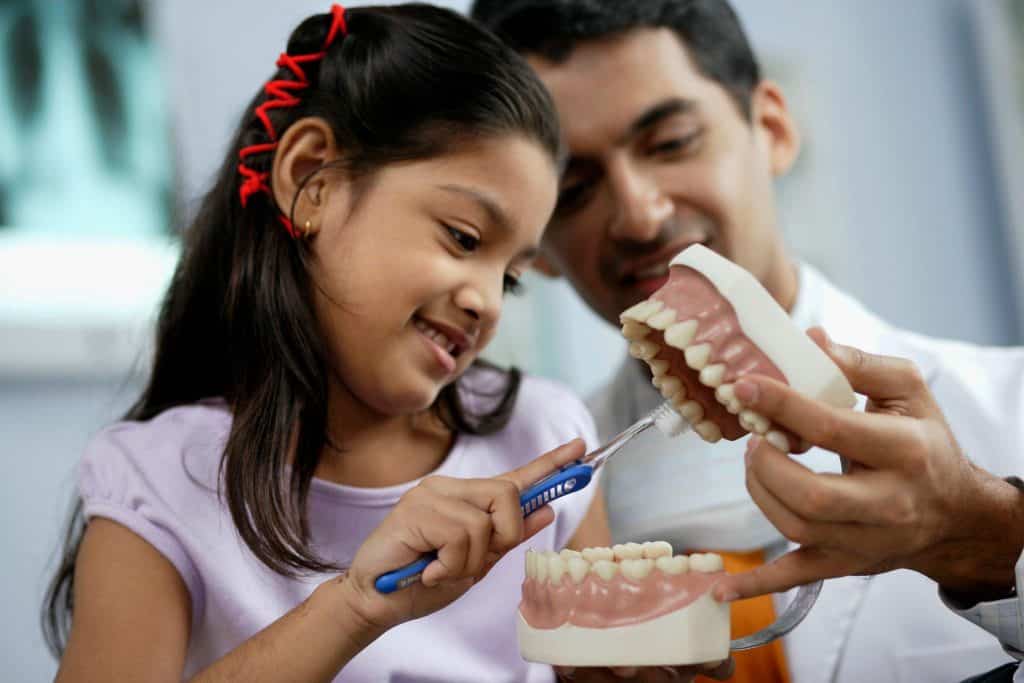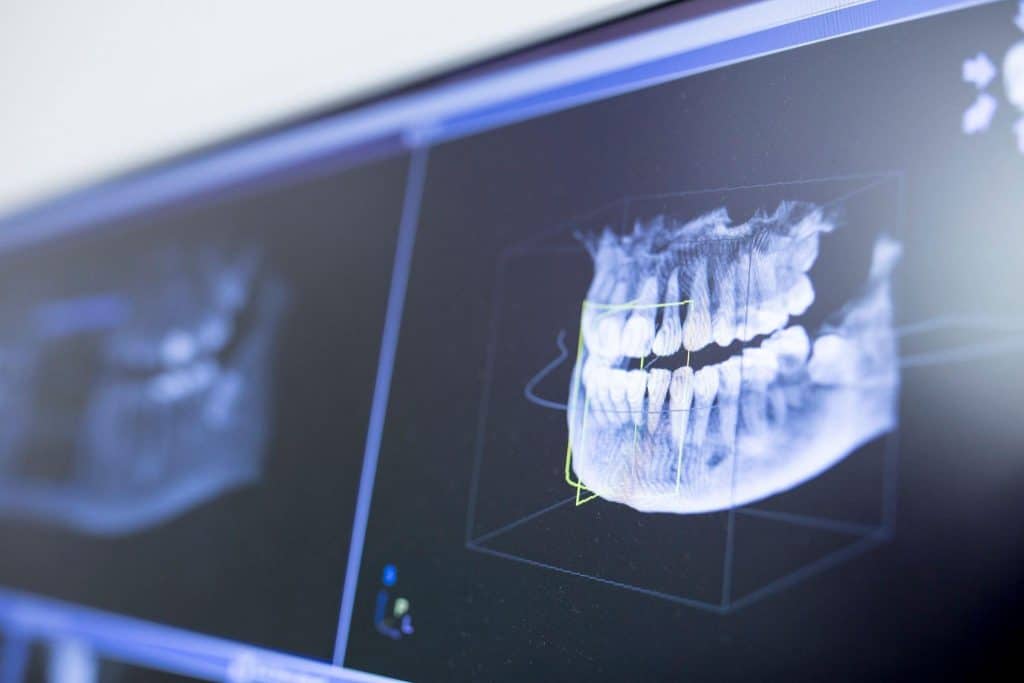The COVID-19 pandemic has accelerated the adoption of telemedicine in various healthcare sectors, including dentistry. Telemedicine in dentistry, particularly during the pandemic, has become essential in ensuring continued patient care while minimizing physical contact. As observed by Sailer (2021) and other researchers, telemedicine in dentistry has offered significant benefits for remote consultations, diagnosis, and patient management.

The Rise of Telemedicine in Dentistry
Adapting to the New Normal
The pandemic has necessitated the rapid integration of telemedicine in dental practices to maintain patient care while adhering to social distancing guidelines.
Pandemic Response:
- Remote Diagnosis and Consultations: Facilitating patient assessments and recommendations without physical visits.
- Patient Monitoring: Continued care and monitoring of ongoing treatments remotely.
- Education and Training: Utilizing telemedicine for professional development and patient education.
Benefits of Telemedicine in Dental Care
Enhancing Patient Care and Practice Efficiency
Telemedicine has provided numerous benefits, significantly transforming how dental care is delivered.
Advantages Include:
- Improved Access to Care: Reaching patients in remote locations or those unable to visit dental clinics.
- Reduced Costs: Lowering overhead costs associated with physical consultations.
- Minimized COVID-19 Risk: Reducing the risk of virus transmission by limiting physical interactions.

Telemedicine Applications in Dental Practices
Diverse Uses in Oral Health Care
Telemedicine has been implemented in various aspects of dental care, from preliminary consultations to post-treatment follow-ups.
Key Applications:
- Emergency Dental Care: Triage and management of dental emergencies remotely.
- Orthodontics: Monitoring orthodontic treatments and adjustments.
- Preventive Dentistry: Offering guidance on oral hygiene and preventive care.

Patient Satisfaction and Telemedicine
Meeting Patient Expectations Remotely
Patients have shown a positive response to telemedicine, appreciating the convenience and safety it offers.
Patient Feedback:
- High Satisfaction: Many patients find remote consultations as good as or better than in-person visits.
- Ease of Use: User-friendly platforms facilitating easy interaction between dentists and patients.
- Personalized Care: Tailored advice and care plans based on remote assessments.
Overcoming Challenges in Teledentistry
Navigating the Digital Transition
While beneficial, the adoption of telemedicine in dentistry comes with its set of challenges.
Challenges to Address:
- Technology Integration: Seamlessly incorporating telemedicine into existing practice workflows.
- Patient Confidentiality: Ensuring secure and private communication channels.
- Technical Training: Equipping dental professionals and patients with the necessary skills to use telemedicine tools effectively.

The Future of Telemedicine in Dental Care
Post-Pandemic and Beyond
The adoption of telemedicine in dentistry is expected to continue growing, even post-pandemic, revolutionizing dental care delivery.
Future Prospects:
- Expanded Applications: Broader use of telemedicine in various dental specialties.
- Integration with AI: Utilizing artificial intelligence for enhanced remote diagnostics and treatment planning.
- Global Accessibility: Making dental care more accessible worldwide through telemedicine.
Conclusion
Telemedicine has proven to be an invaluable tool in dental care, especially during the COVID-19 pandemic. It has enabled continued patient care, reduced the risk of virus spread, and introduced a new dimension to dental practice. As the world adapts to the new normal, telemedicine is poised to play an increasingly vital role in reshaping dental care, making it more accessible, efficient, and patient-centric.
